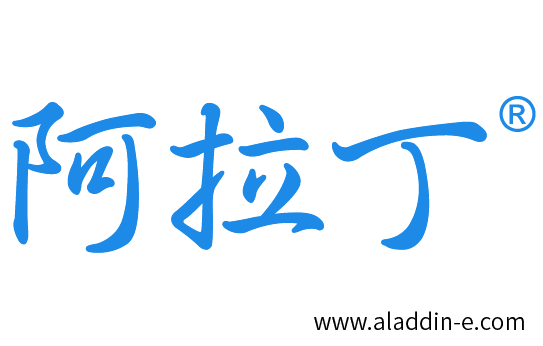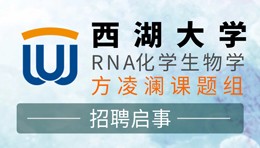当前位置:
X-MOL 学术
›
Int. J. Min. Sci. Technol.
›
论文详情
Our official English website, www.x-mol.net, welcomes your
feedback! (Note: you will need to create a separate account there.)
Exploring the mechanism of a novel cationic surfactant in bastnaesite flotation via the integration of DFT calculations, in-situ AFM and electrochemistry
International Journal of Mining Science and Technology ( IF 11.7 ) Pub Date : 2024-11-05 , DOI: 10.1016/j.ijmst.2024.09.007
Chang Liu, Longhua Xu, Jiushuai Deng, Zhiguo Han, Yi Li, Jiahui Wu, Jia Tian, Donghui Wang, Kai Xue, Jinmei Fang
International Journal of Mining Science and Technology ( IF 11.7 ) Pub Date : 2024-11-05 , DOI: 10.1016/j.ijmst.2024.09.007
Chang Liu, Longhua Xu, Jiushuai Deng, Zhiguo Han, Yi Li, Jiahui Wu, Jia Tian, Donghui Wang, Kai Xue, Jinmei Fang
Effectively separating bastnaesite from calcium-bearing gangue minerals (particularly calcite) presents a formidable challenge, making the development of efficient collectors crucial. To achieve this, we have designed and synthesized a novel, highly efficient, water-soluble cationic collector, N-dodecyl-isopropanolamine (NDIA), for use in the bastnaesite-calcite flotation process. Density functional theory (DFT) calculations identified the amine nitrogen atom in NDIA as the site most susceptible to electrophilic attack and electron loss. By introducing an OH group into the traditional collector dodecylamine (DDA) structure, NDIA provided additional adsorption sites, enabling synergistic adsorption on the surface of bastnaesite, thereby significantly enhancing both the floatability and selectivity of these minerals. The recovery of bastnaesite was 76.02%, while the calcite was 1.26%. The NDIA markedly affected the zeta potential of bastnaesite, while its impact on calcite was relatively minor. Detailed Fourier-transform infrared spectroscopy (FTIR) and X-ray photoelectron spectroscopy (XPS) results elucidated that the ―NH― and ―OH groups in NDIA anchored onto the bastnaesite surface through robust electrostatic and hydrogen bonding interactions, thereby enhancing bastnaesite’s affinity for NDIA. Furthermore, in situ atomic force microscopy (AFM) provided conclusive evidence of NDIA aggregation on the bastnaesite surface, improving contact angle and hydrophobicity, and significantly boosting the flotation recovery of bastnaesite.
中文翻译:

通过整合 DFT 计算、原位 AFM 和电化学,探索新型阳离子表面活性剂在氟碳铈矿浮选中的机理
有效地将氟碳铈矿与含钙的脉石矿物(尤其是方解石)分离是一项艰巨的挑战,因此开发高效的捕收剂至关重要。为了实现这一目标,我们设计并合成了一种新型的高效水溶性阳离子捕收剂 N-十二烷基异丙醇胺 (NDIA),用于氟碳铈矿-方解石浮选工艺。密度泛函理论 (DFT) 计算确定 NDIA 中的胺氮原子是最容易受到亲电攻击和电子损失的位点。通过将 OH 基团引入传统的捕收剂十二胺 (DDA) 结构中,NDIA 提供了额外的吸附位点,实现了在氟碳铈矿表面的协同吸附,从而显着提高了这些矿物的可浮性和选择性。氟碳铈矿的回收率为 76.02%,方解石为 1.26%。NDIA 显著影响了氟碳铈矿的 zeta 电位,而其对方解石的影响相对较小。详细的傅里叶变换红外光谱 (FTIR) 和 X 射线光电子能谱 (XPS) 结果阐明了 NDIA 中的 ―NH― 和 ―OH 基团通过强大的静电和氢键相互作用锚定在氟碳铈矿表面,从而增强了氟碳铈矿对 NDIA 的亲和力。此外,原位原子力显微镜 (AFM) 提供了 NDIA 在氟碳铈矿表面聚集的决定性证据,改善了接触角和疏水性,并显着促进了氟碳铈矿的浮选回收。
更新日期:2024-11-05
中文翻译:

通过整合 DFT 计算、原位 AFM 和电化学,探索新型阳离子表面活性剂在氟碳铈矿浮选中的机理
有效地将氟碳铈矿与含钙的脉石矿物(尤其是方解石)分离是一项艰巨的挑战,因此开发高效的捕收剂至关重要。为了实现这一目标,我们设计并合成了一种新型的高效水溶性阳离子捕收剂 N-十二烷基异丙醇胺 (NDIA),用于氟碳铈矿-方解石浮选工艺。密度泛函理论 (DFT) 计算确定 NDIA 中的胺氮原子是最容易受到亲电攻击和电子损失的位点。通过将 OH 基团引入传统的捕收剂十二胺 (DDA) 结构中,NDIA 提供了额外的吸附位点,实现了在氟碳铈矿表面的协同吸附,从而显着提高了这些矿物的可浮性和选择性。氟碳铈矿的回收率为 76.02%,方解石为 1.26%。NDIA 显著影响了氟碳铈矿的 zeta 电位,而其对方解石的影响相对较小。详细的傅里叶变换红外光谱 (FTIR) 和 X 射线光电子能谱 (XPS) 结果阐明了 NDIA 中的 ―NH― 和 ―OH 基团通过强大的静电和氢键相互作用锚定在氟碳铈矿表面,从而增强了氟碳铈矿对 NDIA 的亲和力。此外,原位原子力显微镜 (AFM) 提供了 NDIA 在氟碳铈矿表面聚集的决定性证据,改善了接触角和疏水性,并显着促进了氟碳铈矿的浮选回收。































 京公网安备 11010802027423号
京公网安备 11010802027423号